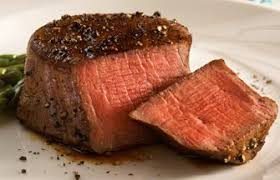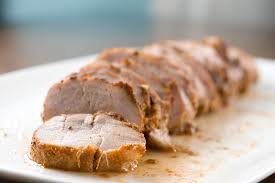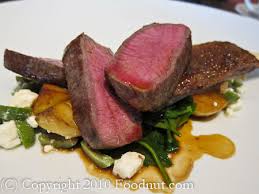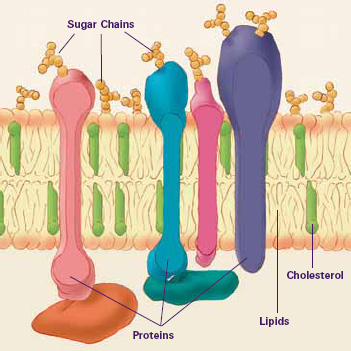It really is amazing how much me and my dietitian colleagues talk about red meat, chicken, pork and fish during a given day. It might be due to the fact that twice a day we take part in a "tasting" of the days meals at the facility we work at. We judge each plate on presentation, taste and quality. Today we tasted Corn beef and Cabbage.. then Tilapia for dinner. It was all excellent.
By working meat into your rotation which is either lunch, dinner or breakfast you are saving your taste buds from monotony, while you are also supplying protein and amino acids that will help in repairing small muscle tears that occur maybe during your run or workout that day. According to Rikki Keen, R.D, a sports dietitian, "Meat provides nutrients runners need, like iron to help maintain energy levels."
According to a recent
Runners World article I just read, it is suggested that athletes (or -wanna be's like me) should spread their protein intake throughout the day, eating some at each meal which is better for bone, muscle mass, and satiety.
Thanks to Runner's World.. this great little chart will show you how the different proteins face-off.
(Based on a 3.5-ounce serving)
Chicken Breast:
161 Calories, 4 g Fat, 32g Protein
 Dark Meat Chicken
Dark Meat Chicken
200 Calories, 11 g Fat, 28 g Protein
 Filet Mignon
Filet Mignon
214 Calories, 11 g Fat, 28 g Protein
 Pork Tenderloin
Pork Tenderloin
140 Calories, 4 g Fat, 25 g Protein
 Lamb Loin Roast
Lamb Loin Roast
354 Calories, 28 g Fat, 21 g Protein
 Tofu (Soybean Curd)
Tofu (Soybean Curd)
144 Calories, 7 g Fat, 14 g Protein
 Turkey Pastrami
Turkey Pastrami
74 Calories, 4 g Fat, 10 g Protein

Fun Fact: A 3.5-ounce serving of beef provides 34% of your daily requirements for zinc. Which is essential to building a stronger immune system.
Speaking of immune system..I need to get to bed.....more later...







 I used to stare at this guy every morning before I went to school back in the 80's, I feel as though he knows alot about me.. and we shared a great deal through out life. That is because the Honey Bear was always in our house, and I am thankful for him. He came to the rescue in the middle of the night when I would awaken with a horrible cough as a young child. My mom had her own special remedy which may have included honey and lemon that always worked. Honey Bear also liked my grandma's house.. as he hung out there... and most likely knows all the gossip in town. Oh.. if the Honey Bear could talk....
I used to stare at this guy every morning before I went to school back in the 80's, I feel as though he knows alot about me.. and we shared a great deal through out life. That is because the Honey Bear was always in our house, and I am thankful for him. He came to the rescue in the middle of the night when I would awaken with a horrible cough as a young child. My mom had her own special remedy which may have included honey and lemon that always worked. Honey Bear also liked my grandma's house.. as he hung out there... and most likely knows all the gossip in town. Oh.. if the Honey Bear could talk....
























